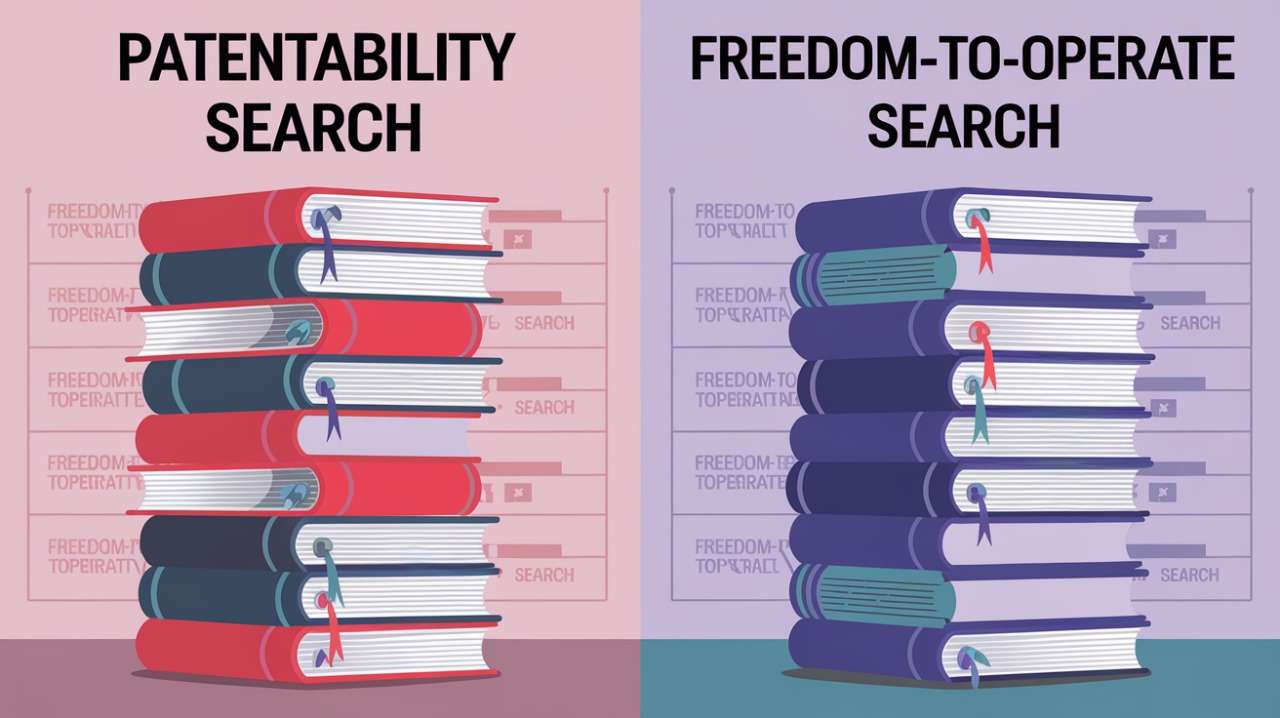+1-267-855-3990
Email us:
+1-267-855-3990
Email us:
With a decade of experience and qualified researcher we help companies reach their IP protection goals. IP Brigade is a values-driven consulting agency dedicated to support IP law firms, corporations and inventors with topnotch results.
In the competitive world of intellectual property (IP), protecting innovative ideas and ensuring compliance with existing patents is crucial. Two vital searches often come into play during this process: Patentability Search and Freedom-to-Operate (FTO) Search. While both serve essential purposes in the lifecycle of an invention, they cater to entirely different objectives. In this blog, we’ll delve into the difference between Patentability Search and Freedom-to-Operate Search, shedding light on their importance, processes, and outcomes.
A Patentability Search, also known as a prior art search, is conducted to determine whether a new invention is eligible for a patent. This search identifies existing patents, published applications, and non-patent literature that may affect the novelty or non-obviousness of the invention.
Drafting a Stronger Patent Application
By understanding prior art, inventors can craft claims that differentiate their invention effectively.
Search and Analyze Prior Art
Evaluate patents, applications, and literature to identify similarities or overlaps.
An FTO Search is conducted to ensure that commercializing an invention does not infringe on existing patents. Unlike a Patentability Search, which focuses on obtaining a patent, FTO searches aim to avoid litigation risks.
Strategic Decision-Making
Enable businesses to decide whether to proceed with commercialization, seek licenses, or modify the product.
Analyze Active Patents
Examine claims in active patents to determine if they overlap with the product’s features.
Although both searches involve analyzing patents, their objectives, timing, and outcomes are distinct. Below is a breakdown of the key differences:
Patentability Search: Focuses on determining whether an invention is eligible for patent protection.
FTO Search: Focuses on ensuring the product or service does not infringe on existing patents.
Patentability Search: Involves a broad search of prior art, including expired patents and non-patent literature.
FTO Search: Limited to active patents in specific jurisdictions.
Patentability Search: Conducted during the early stages of innovation or before filing a patent application.
FTO Search: Conducted closer to product launch or during commercialization planning.
Patentability Search: Provides a detailed report on the novelty and patentability of an invention.
FTO Search: Offers a legal opinion on whether the product infringes on existing patents.
Patentability Search: Helps in securing intellectual property rights.
FTO Search: Ensures risk-free commercialization and compliance.
Ensuring Comprehensive IP Strategy
To succeed in the IP landscape, inventors and businesses must focus on both patent eligibility and infringement risks.
Cost Implications
Skipping either search can result in significant financial and reputational losses, whether through denied patent applications or infringement lawsuits.
WhatsApp us
